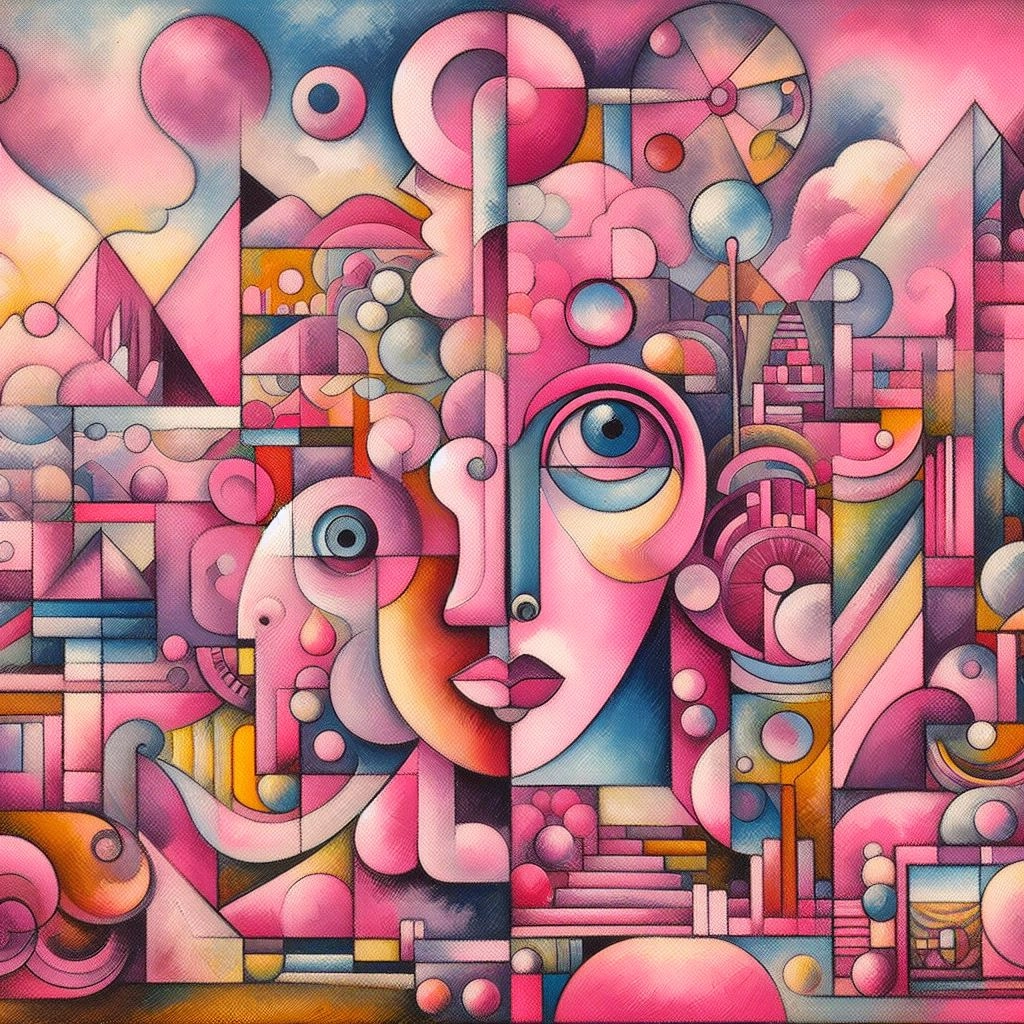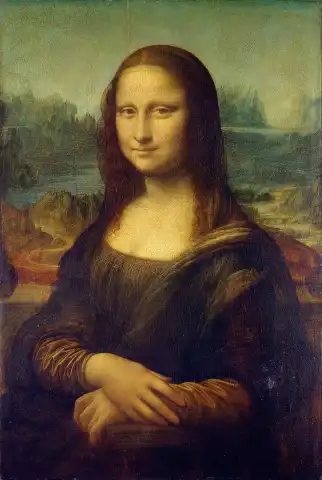From Blue to Rose : Understanding Picasso's Artistic Evolution


From Blue to Rose: Understanding Picasso's Artistic Evolution
In illustration, poster design, and other graphic arts, they turned to French art nouveau, which was distinguished by sinuous contour lines, simplified shapes, and artificial colors. Pablo Picasso, a name synonymous with artistic genius and influential artist, left an indelible mark on the 20th-century art world. His journey, a testament to the ever-evolving nature of creative expression, is a captivating exploration of human emotion, societal commentary, and artistic innovation. Let's delve into this remarkable evolution, tracing the pivotal shifts from the melancholic hues of the "picasso blue period" to the vibrant optimism of the "picasso rose period". This phenomenon is apparent in the evolution of modern art‘s most beloved painters, from Monet‘s move toward abstraction to Van Gogh‘s brightened color palette.
Early Influences and the Dawn of Artistic Expression
From his earliest days in art school until the year before his death, the landscape remained the prime genre through which he mediated his perception of the world and which shaped his own creative evolution. Picasso's early years were marked by a keen observation of the human form, nurtured by his father, a renowned art professor. This early exposure fostered a deep appreciation for classical techniques and a dedication to "picasso realism art". However, the young artist soon began to challenge conventional norms, seeking to express his unique perspective on the world. His later periods saw him experiment with surrealism, expressionism, and neo-classicism, demonstrating his unwavering commitment to innovation and his refusal to be confined by any single aesthetic.
A pivotal moment arrived with the tragic suicide of his close friend, Carlos Casagemas. This profound loss plunged Picasso into a period of deep emotional turmoil, casting a long shadow over his artistic output. The resulting works, collectively known as the "picasso blue period paintings", are a poignant reflection of this inner darkness. Pablo Picasso's artistic evolution is marked by distinct periods, with the Blue Period occurring from 1901 to 1904, during which he created somber works reflecting his feelings of poverty and desolation, such as The Old Guitarist.
The "Picasso Blue Period": A Palette of Melancholy
Dominated by somber blues and greens, the "picasso blue period" is a testament to the artist's profound empathy for the marginalized and suffering. Figures such as beggars, prostitutes, and blind musicians populate his canvases, embodying themes of poverty, despair, and social injustice.
- "The Old Guitarist" (1903-04), a poignant depiction of a weathered musician, is a quintessential example of this period. The muted colors and the figure's hunched posture convey a sense of profound loneliness and weariness.
- "La Vie" (1903), a more complex and ambitious work, depicts a nude woman cradling a dead child, symbolizing the fragility of life and the ever-present shadow of death.
These works, while undeniably somber, are a powerful testament to Picasso's ability to translate his emotional turmoil into art. The "picasso blue period" marked a significant departure from traditional academic styles, ushering in a more introspective and emotionally charged approach to artistic expression.
The "Picasso Rose Period": A Blossoming of Hope and Joy
Following the melancholic "picasso blue period", a shift occurred in Picasso's artistic vision. A renewed sense of optimism, fueled by a blossoming romance with Fernande Olivier, infused his work with a newfound vibrancy. This period, aptly named the "picasso rose period", is characterized by a palette dominated by warm pinks, reds, and ochres.
Circus performers, acrobats, and harlequins became recurring motifs, replacing the destitute figures of the blue period. These figures, associated with joy, entertainment, and escape, offered a welcome respite from the somber realities of everyday life. Following the Blue Period, Picasso entered the Rose Period from 1904 to 1906, characterized by lighter colors and themes, often depicting circus performers and acrobats, as seen in his work Family of Saltimbanques.
- "The Family of Saltimbanques" (1905), a poignant depiction of a traveling circus troupe, captures the essence of this period. The figures, rendered with simplified forms and expressive lines, convey a sense of both vulnerability and resilience.
- "Girl with a Mandolin" (1910), a portrait of Picasso's muse, Fernande Olivier, showcases the artist's growing interest in African art. The simplified forms and bold colors reflect the influence of these tribal aesthetics.
The "picasso rose period" not only marked a shift in color palette but also a renewed thematic focus on the human form. Picasso began to experiment with simplified forms and expressive lines, moving away from meticulous realism towards a more expressive and abstract style. This transition reflects Picasso's emotional shift and artistic growth, influenced by his surroundings and the people he identified with.
Beyond the "Picasso Blue Period" and "Picasso Rose Period"
The "picasso blue period" and "picasso rose period" were just the beginning of Picasso's extraordinary artistic journey. He continued to push the boundaries of artistic expression, embracing cubism, surrealism, and countless other artwork styles throughout his long and prolific career. Cubism, Picasso's pioneering artistic style, profoundly reflected the artist's Spanish heritage and the tumultuous early 20th-century events that shaped his worldview. Synthetic Cubism (1912-1919) followed, characterized by simpler shapes, brighter colors, and the introduction of collage elements. Alongside his collaborator Georges Braque, Picasso deconstructed objects and forms into geometric shapes, presenting multiple viewpoints within a single composition.
Picasso's artistic style evolved dramatically over the course of his prolific career, reflecting his restless creative spirit and engagement with the tumultuous events of the early 20th century.
- "Les Demoiselles d'Avignon" (1907), a groundbreaking work that ushered in the cubist movement, challenged traditional notions of perspective and representation.
- "picasso guernica painting" (1937), a powerful anti-war masterpiece, stands as a testament to his enduring commitment to social and political commentary.
The legacy of this master artists is a testament to the power of human experience and the enduring capacity for artistic transformation. His exploration of different styles, his unwavering commitment to innovation, and his profound impact on the art world continue to inspire and challenge artists to this day. His influence extends far beyond his own works, inspiring generations of artists.
A Deeper Dive into Picasso's Masterpieces
To further understand Picasso's artistic evolution, let's explore some of his most renowned works:
- "The Old Guitarist": This iconic painting from the "picasso blue period" exemplifies the melancholic tone and expressive brushwork that characterized this phase. The figure's hunched posture and the muted color palette convey a sense of profound loneliness and despair.
- "The Family of Saltimbanques": This vibrant work from the "picasso rose period" showcases the artist's newfound optimism and his fascination with circus performers. The simplified forms and expressive lines capture the essence of these itinerant entertainers.
- "Les Demoiselles d'Avignon": This groundbreaking painting, often considered the birth of cubism, challenged traditional notions of perspective and representation. The fragmented forms and bold colors reflect Picasso's exploration of African art and his desire to break free from traditional artistic conventions.
- "Picasso guernica painting": This monumental mural, created in response to the bombing of the Basque city of Guernica during the Spanish Civil War, is a powerful anti-war statement. The stark black-and-white palette and the distorted forms convey the horror and brutality of war.
Pablo Picasso was an amazing painter who started his career representing what was in his unconscious mind, and as he grew up learned to get in control of his mind, to consciously make the choice of painting an abstract art in order to generate a new feeling coming from the unconsciousness of his audience. These masterpieces, among many others, showcase Picasso's relentless pursuit of artistic innovation and his profound impact on the art world. His ability to translate his emotions, his observations of the world, and his political convictions into powerful and enduring works of art continues to inspire and challenge artists and art lovers alike. By understanding the evolution of his style and the cultural context of his work, you can begin to see how Picasso's innovations forever changed the landscape of modern art. From early studies to final works, drawing was a constant field of experimentation for Picasso, a window into his creative process. It invites visitors to explore Picasso's universe in an intimate and revealing way, offering insight into his creative process and impact on modern art.
Subscribe to our newsletter to get updated and enjoy a 10% voucher
Apr 25 2024 / Biography Art History



